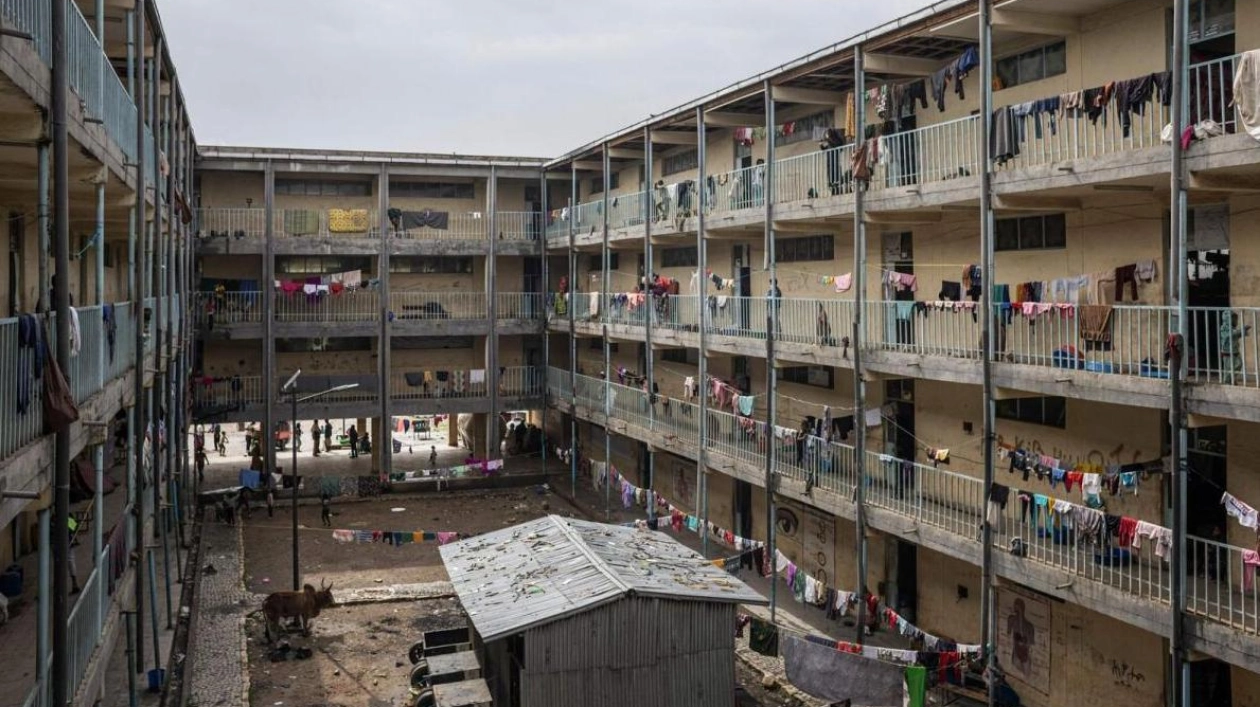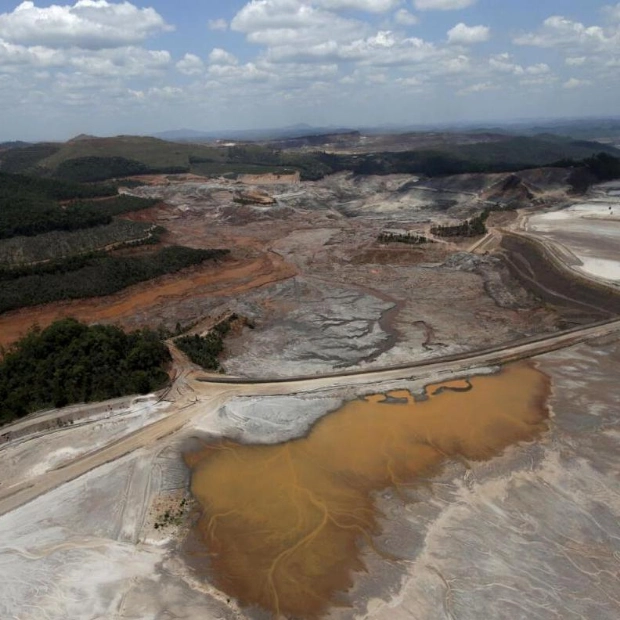Wolde Meressa resides in close quarters with 30 others in a cramped classroom, now a shelter for displaced individuals in Ethiopia's Tigray region, scarred by war. Amidst the clutter of pots, clothes, and water containers in Mekele, Tigray's capital, the 78-year-old Wolde, accompanied by his wife and several children, expresses his despair: "By staying here, we are merely waiting for death." He is among over a million people uprooted by the violent Tigray conflict, their future uncertain even though the fighting ceased nearly two years ago.
The internally displaced persons (IDPs) endure lives filled with despair and uncertainty, often facing cold and hunger in makeshift camps or converted schools across the region, which has witnessed one of the deadliest wars of the 21st century. "We are on the verge of death, praying to God to take us back to our homes," Wolde laments. The conflict, which lasted two years, claimed an estimated 600,000 lives and left about three million homeless. Despite a peace agreement signed in November 2022, the UN's humanitarian agency, OCHA, reports that 1.1 million people remain unable to return home.
As aid organizations reduce their operations, essential aid becomes scarcer, according to humanitarian workers. Tibe Addise, 42, has been in an IDP camp for three years and is now entering her fourth at a camp managed by the International Organization for Migration (IOM) in Shire, about 300 kilometers northwest of Mekele. "Since arriving, I have struggled to care for my children, suffering cold and hunger daily," she said, draped in a colorful shawl. Behind her, laundry lines crisscrossed the dirt paths, and people carried sacks of food while children played.
AFP interviewed IDPs who were displaced from Western Tigray, an area disputed by both Tigray and the neighboring Amhara region, largely inaccessible to humanitarian agencies. Rights groups accuse Amhara forces of conducting ethnic cleansing, war crimes, and crimes against humanity in Western Tigray. Eritrean troops, Amhara forces, and others have yet to fully withdraw from various parts of Tigray, in violation of the Cessation of Hostilities Agreement (CoHA).
Surafel Asmelash, coordinator at the Seba Care IDP camp in Mekele, the largest in Tigray, expressed frustration: "According to the peace agreement, we were told that peace had been restored and we would be able to return to our homes. However, we have neither returned nor have the aid agencies been given the opportunity to stay. The people have been left in limbo." Tigray is home to the largest number of IDPs in Ethiopia, with a total of 4.5 million people displaced by conflict or climate disasters, according to OCHA.
In another school-turned-IDP camp in Adwa, about 90 kilometers east of Shire, Genet Mengesha reported not receiving any humanitarian aid for five or six months. "They register our names, but then tell us we are not on the list. Only a few people are receiving aid," she said, washing pots in a plastic bowl. "We are on the brink of despair."






